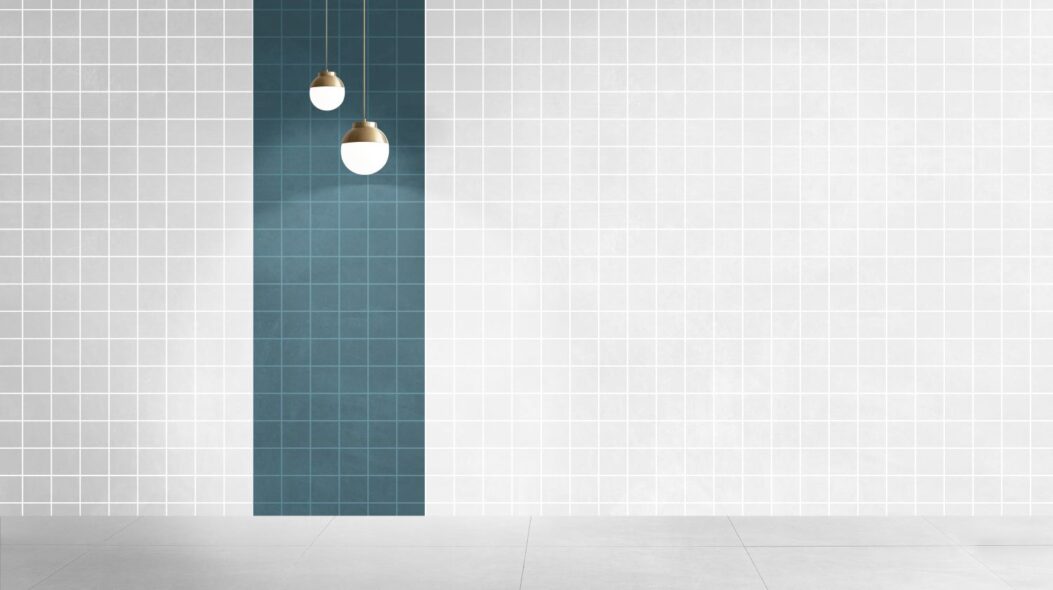So, you’ve done your research and are finally set on the perfect tiles for your room. Now comes the next challenge: how do you calculate the number of tiles you need?
Don’t worry—it’s simpler than you might think, and you won’t have to be a math wizard to figure it out.
Watch our video to learn how to calculate the number of tiles you need!
How to Calculate the Number of Tiles in a Room
Before You Begin:
- Know the size of your room in square feet (for example, 100 sqft)
- Know the dimensions of your chosen tile (for example, 1×1 or 2×3)
- Have a calculator (or just use your mental math!)
- Grab a pen and paper—or jot it down digitally
The Formula: How to Calculate the Number of Tiles
Step 1: Understand the Dimensions
Determine the area of your room and the size of each tile. For instance:
- Room size = 100 square feet
- Tile size = 1×2
Step 2: Calculate the Area of a Single Tile
Multiply the length by the width of your tile.
Example:
1×2 tile = 2 square feet per tile
Step 3: Divide the Room’s Area by the Tile’s Area
Use the formula:
Room Area (sqft) ÷ Tile Area (sqft) = Number of Tiles Needed
Example:
100 sqft ÷ 2 sqft = 50 tiles
That’s it—you’d need 50 tiles to cover a 100-square-foot room!
A Few Additional Tips
Should I buy exactly 50 tiles?
We recommend purchasing an extra box of tiles. Mistakes happen—some tiles may break during installation or you might need replacements later on. Having extras on hand is always a smart move, especially when updating your backsplash or refreshing the facade of a room.
What if I want to lay my tiles diagonally?
Calculating for a diagonal pattern requires a few extra steps to account for the additional area coverage.
Here’s how:
- Measure your room’s dimensions. For example, if your room is 20’ x 65’, the area is 1,300 sqft.
- Divide the total area in square inches by 144 (since there are 144 square inches in a square foot) and round to the nearest whole number.
Example: 1,300 sqft ÷ 144 ≈ 9.03 sqft, rounded to 9 sqft per tile. - Add 20% to this number to account for the diagonal layout’s extra coverage.
Example: 9 sqft + 20% ≈ 10.8 sqft, which you can round to 11 sqft. - Finally, divide the room’s total area by the adjusted tile area.
Example: 1,300 sqft ÷ 11 sqft ≈ 118–119 tiles
If you’re still unsure whether to opt for a smaller or larger tile size—or need help double-checking your calculations—HOMA2u is here to assist. Our team is always ready to offer advice and guidance for a smooth, successful project.
Remember, accurate tile calculation is crucial whether you’re working on a DIY project at your car porch or renovating your bathroom with a striking art deco or rustic vibe.
Happy tiling!


